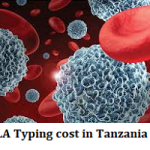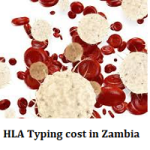Types of HLA Typing Tests
Serotyping:
Antibodies specific to HLA proteins are employed in serotyping, a non-sequencing-based approach of typing, to identify the proteins on the surface of cells.
Specific Oligonucleotide Hybridization (SSO):
Sequence-Specific oligos are first generated for genes of interest and then hybridized to the patient or donor DNA to check for hybridization. This is the Specific Oligonucleotide Hybridization (SSO) HLA Typing technique.
Sanger Sequencing:
High-resolution HLA typing for HLA – A, – B, – C, – DR, – DQ, and – DP locus alleles is provided by Sanger sequencing-based typing, which is necessary for HSC transplantation. Sanger SBT’s limitations include time-consuming methods, low throughput, unphased data, and genotype ambiguity, even though it offers more resolution than SSP or SSOP.
Next-generation SBT:
The gold standard for high-resolution HLA genotyping is quickly emerging as high-resolution SBT by next-generation sequencing (NGS). Higher throughput, the capacity to examine additional HLA gene areas, and decreased genotype ambiguity are all features of NGS technology. The quantity of novel HLA sequences and alleles submitted to HLA databases has greatly increased due to NGS HLA typing.







